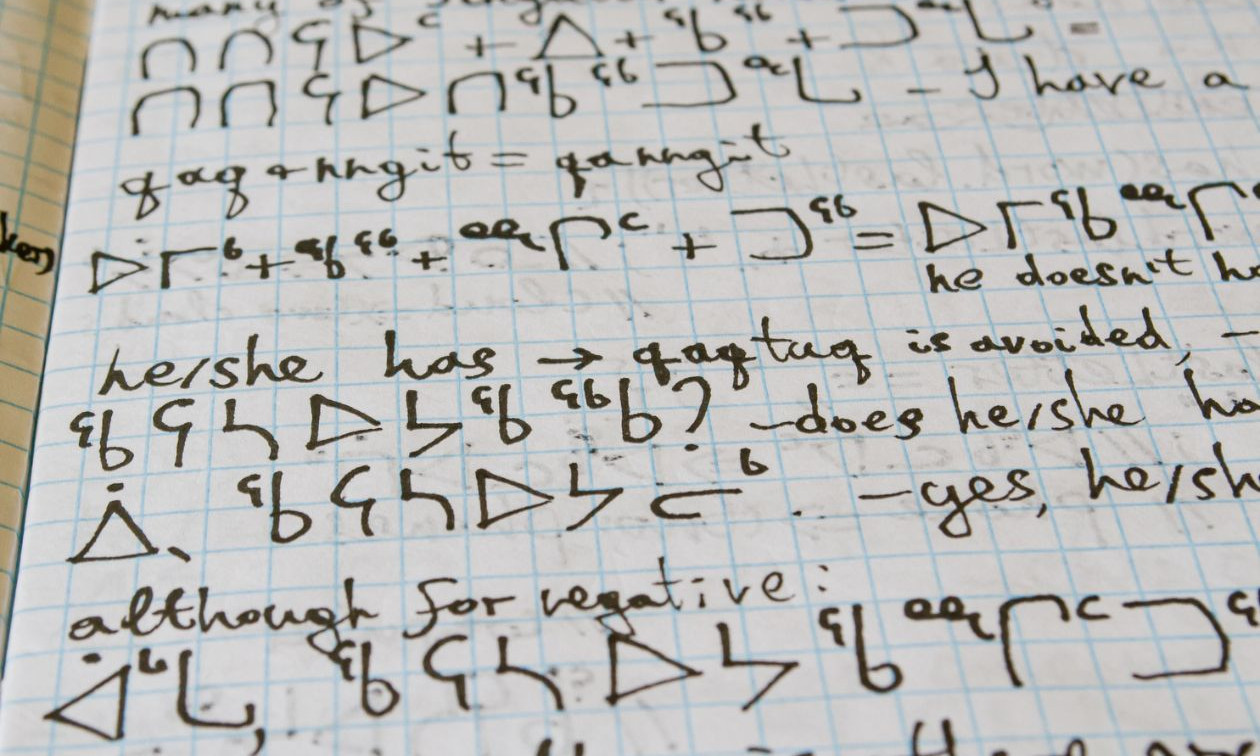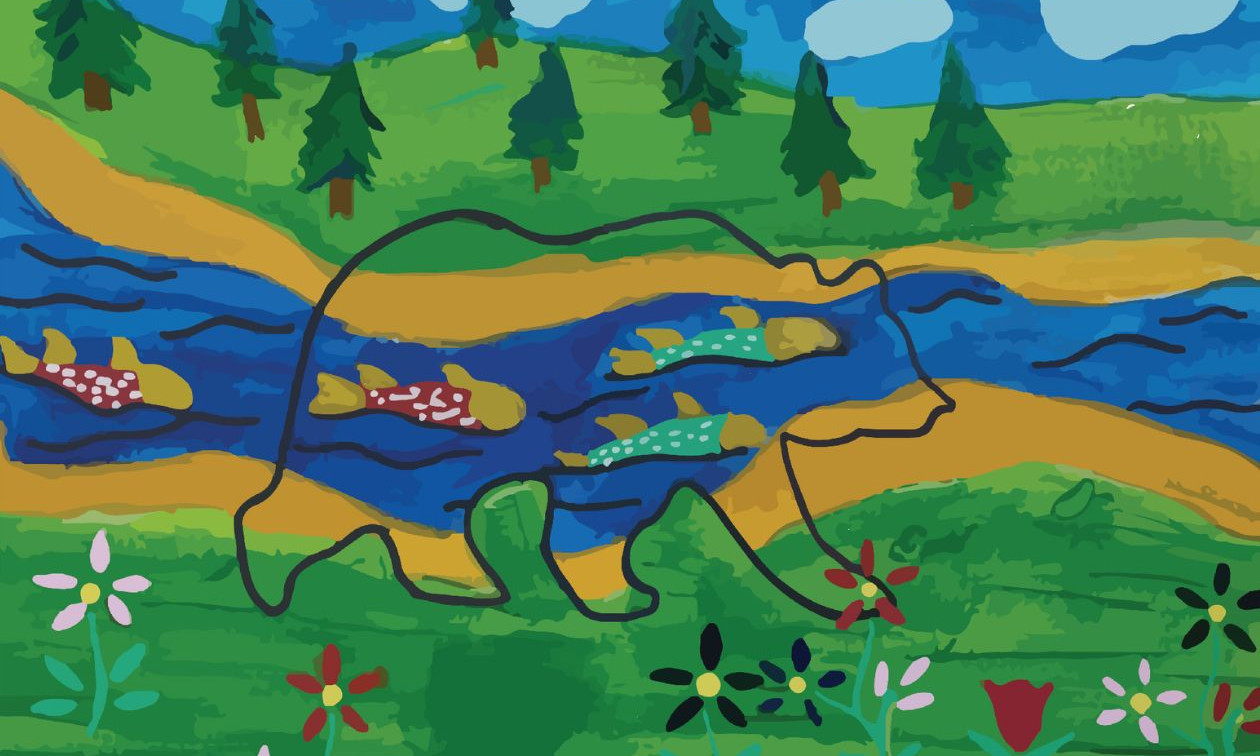New France had child slaves – and they were Indigenous

Torn from their families at a young age, transported over long distances and treated as property to be bought and sold—this was the harsh reality of Indigenous child slaves in New France, according to two new studies by Quebec historian Dominique Deslandres.
Slavery in Montreal (also then known as Ville-Marie), one of the main settlements in the French colony, has long been neglected by researchers. Deslandres, a professor in the Department of History at Université de Montréal, is working to correct this blind spot in scholarship of the era.
In studies published this month and last summer in the Revue d'histoire de la Nouvelle-France and the Cahiers des dix, Deslandres reveals the extent of Indigenous child slavery in Montreal and tells the story of François, an Indigenous child slave.
While slavery was not unknown to Indigenous societies before the arrival of Europeans, the French and subsequent British colonists introduced a new form of slavery based on the Roman legal principle partus sequitur ventrem: a child born to an enslaved woman was also a slave.
“But among Indigenous peoples, slave status was not passed on to the next generation; it applied only to the individual and not offspring,” said Deslandres. “And an Indigenous slave’s status could change: he or she might be allowed to take the place of a member of the tribe who'd been killed, for instance.”
Up to 10,000 overall

In the 1960s, historian Marcel Trudel estimated there were about 4,000 slaves in New France, most of them Indigenous. “But more recent research suggests there could have been up to 10,000 people enslaved between 1632 and the British conquest in 1760," said Deslandres.
And a large proportion of the enslaved population, particularly the Indigenous slaves, were very young. Between 1632 and 1760, 734 of the 1,574 slaves whose age is known were under 12 when their name last appears in the records.
In Montreal alone, of the 947 slaves whose age is known, 430 were Indigenous children under 12 and 49 were Afro-descendant children under 12.
These children, often referred to as panis (male) or panisse (female), sometimes had only a first name. If they had a surname, it was that of their master. According to Deslandres, this erasure of identity contributed to the “social death caused by slavery.”
“Cathie-Anne Dupuis’ work in historical demography reveals that during the French Regime, between 1632 and 1759, half of enslaved Indigenous men died before the age of 17,” said Deslandres.
“The ‘median age at death’ then dropped to 11 for the period between the British conquest and the abolition of slavery in 1834. For Indigenous enslaved women, the median fell from 21 during the French Regime to 13 under British rule.”
Deslandres found that high numbers of deaths did not always coincide with major epidemics, suggesting they were caused by mistreatment.
Easier to mould
Several factors explain the large number of Indigenous child slaves in New France. First, there was high demand for labour in the colony to perform demanding tasks, such as rowing, working in the fields and, because the colonists typically had large families, assisting with domestic chores.
As few African slaves were being imported, the colonists turned to their Indigenous allies, who captured prisoners, often children, in raids on their enemies. Indigenous nations not allied with the French therefore became the primary source of slaves.
Cost was also a factor: an Indigenous slave cost considerably less than an Afro-descendant slave. But cost aside, the colonists also believed that, to suit their needs, it took less effort to mould a child than an adult.
“It’s easier to cultivate loyalty in someone who has been taken from their family at a very young age and had all significant ties severed,” explained Deslandres. In other words, the colonists believed that breaking a child’s cultural and familial bonds made them more docile and less likely to resist or flee.
The preference for child slaves was also shaped by the patriarchal family structure and tensions surrounding inheritance in New France. By owning and raising a child slave, colonists could secure the services of a loyal worker who would remain with them into old age. “It was a way to shield them from the greed of heirs and make their senior years more peaceful,” said Deslandres.
No "gentle slavery"
Trudel’s antiquated notions of “gentle slavery” and the slave as a member of the family have since been widely criticized. Deslandres is unequivocal: “I don't consider it to be gentle slavery when a person is deprived of their freedom.”
In fact, enslaved children lived in “strict patriarchal servitude,”she said. Occupying the lowest position in the domestic hierarchy, they were the property of their masters or mistresses and owed them complete obedience.
They started working at a young age, performing domestic, agricultural and animal husbandry tasks similar to those assigned to children employed as domestic servants.
But there was at least one crucial difference: slaves were bound to servitude for life, whereas indentured servants regained their freedom once their contracts ended. It was often the mistress of the house who managed all these working children, commonly referred to as the cheptel enfantin (literally, ‘child livestock’).
If a sick slave was sent to Montreal's Hôtel-Dieu Hospital for medical care, it was primarily to preserve a valuable asset. “In today’s world, it would be like taking your car to the garage for servicing,” Deslandres said.
Virtually every family had access to slave labour, either by owning a slave or renting one for a few hours, “in the same way that you can rent a car today.”
Punishment for disobedience could be harsh, especially toward the end of the French regime, when there was widespread fear of slave revolts similar to those in the West Indies and Louisiana.
“Punishments were especially severe for causing personal harm,” noted Deslandres, citing the tragic case of a slave who was hanged for unintentionally injuring her mistress.
Searching the records with AI

For their analyses, Deslandres and her research team relied on Transkribus, a software that uses artificial intelligence to decipher handwriting and search through thousands of historical documents.
“Simply by doing a search with the words ‘panis’ and ‘panisse,’ I found hundreds of records I didn’t know about,” said Deslandres. This enabled her to reconstruct the life stories of individuals who had previously been mentioned only in passing in scattered records.
One story in particular grabbed her attention: that of an Indigenous slave named François. Arriving in the colony at the age of six or seven, he was emancipated at 17 and granted a plot of land. But his freedom proved short-lived: burdened by debt, he eventually relinquished all his belongings to his former master and became his slave again.
François’ story resonates deeply with Deslandres, who discovered that one of her ancestors married an Indigenous slave who had come to the colony as a child. Now, she thinks of François as she walks the streets of Montreal.
“We're separated by centuries, but his world intersects with mine," she said. "I walk in his footsteps: he lived on Rue Saint-Paul, which I take on my way to the National Archives. I live near the lands that once belonged to Pierre Prudhomme, where François worked, and I paint close to what was once his concession, which he acquired after his emancipation but then lost.”



